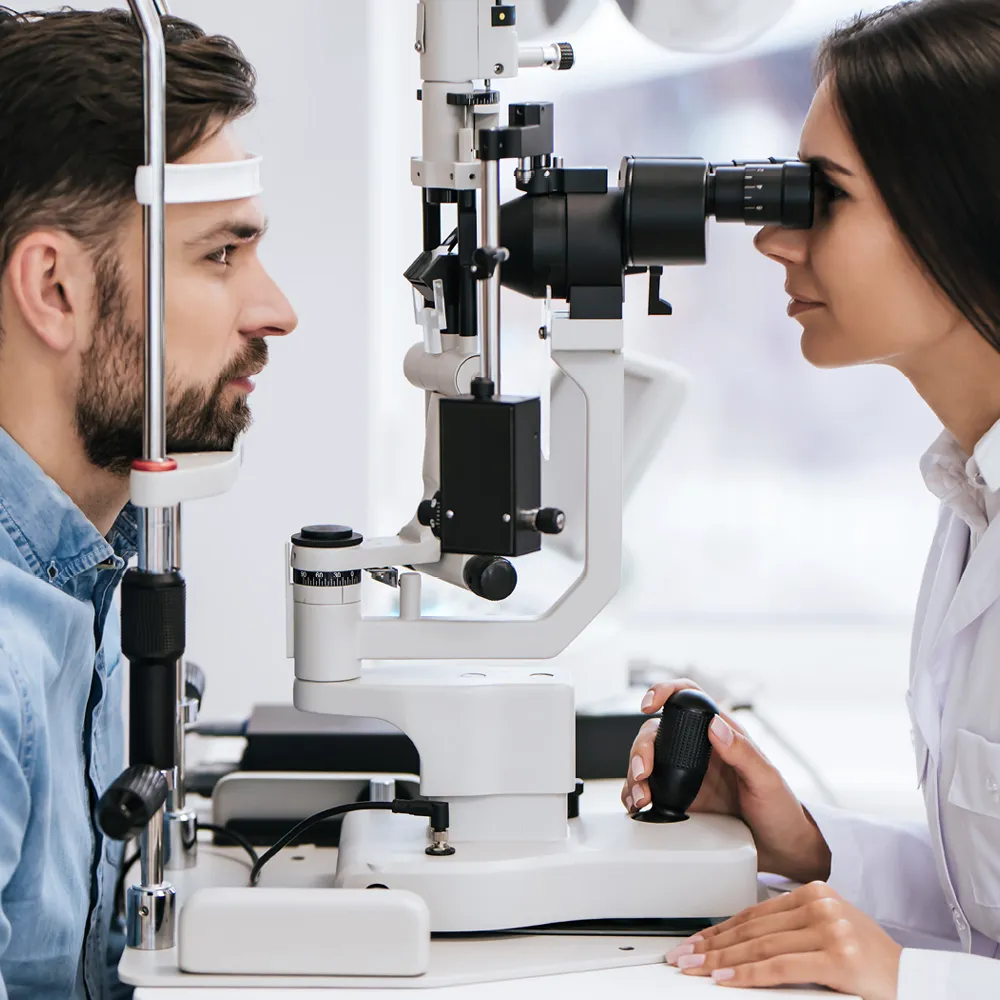
Clompus Reto and Halscheid Vision
Our board-certified eye doctors provide the highest quality of care performing everything from routine eye exams to diagnosing, treating, and managing eye diseases.
Find an Eye Doctor Near You
About Clompus Reto and Halscheid Vision
A LEADER IN VISION CARE FOR OVER 40 YEARS
Dr. Richard Clompus began his Optometric career in January 1981. His original office was established on South High Street in West Chester. He practiced there for four years, during which time he began to build the reputation of honesty, determination, and hard work that the corporation is known for today. In 1985, Dr. Clompus ventured forward by moving his office to Westtown. In 1987, Dr. Steven Reto joined the practice with the intention to carry on the fine reputation of the practice.
After much hard work, the practice continued to grow within the community. Clompus & Reto Vision Associates became a corporation and moved to the larger facility in East Goshen that we know today.

Find an Eye Doctor Near You
At Clompus Reto and Halscheid Vision we believe in using the latest technologies to aid us in doing everything comprehensively—right down to your basic eye exam.

